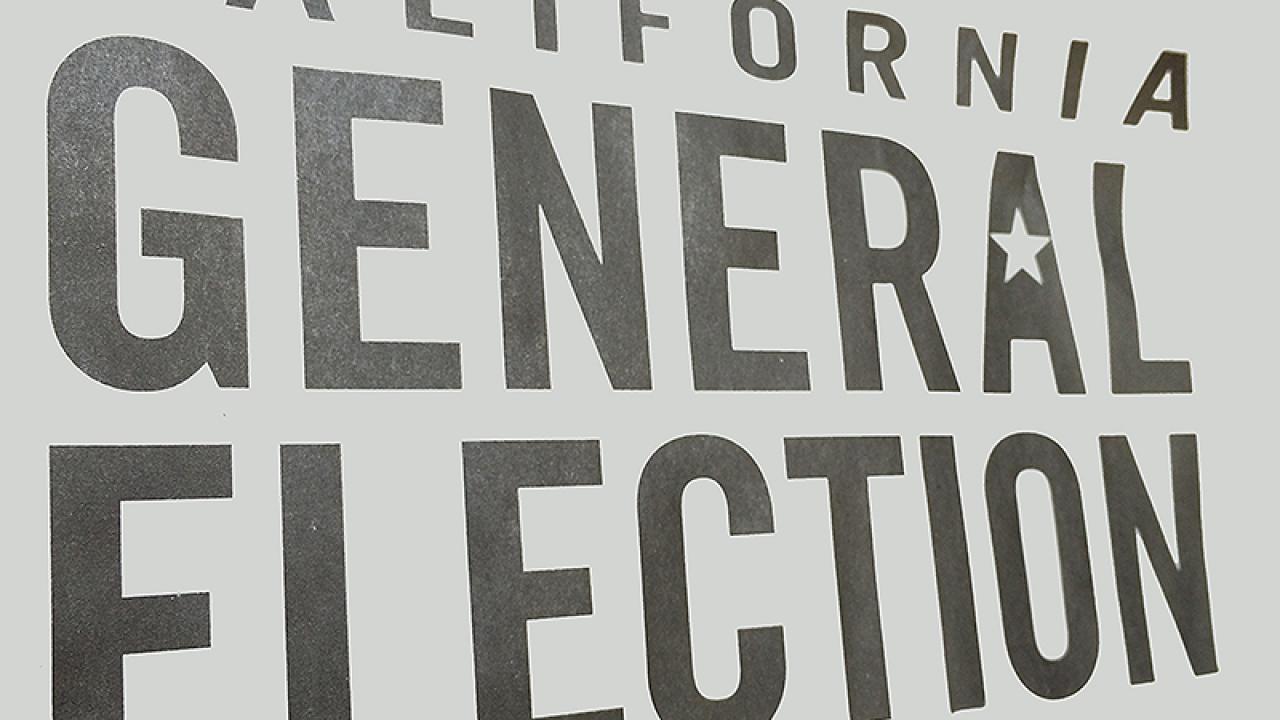
Study Analyzes Mail-In-Ballot Rejections
Reasons why ballots were rejected: not arriving on time, not being signed or because signatures could not be verified.
Voting by mail surpassed 50 percent of votes cast in a general election in California for the first time in 2012. A new study shows that nearly 69,000 mailed ballots, or about 1 percent, were not counted, and why they were rejected.
The top three reasons mail-in ballots were rejected: not arriving on time, not being signed or because signatures could not be verified, according to the study to be released Sept. 29 by the California Civic Engagement Project at the University of California, Davis, Center for Regional Change.
"California has one of the highest mail ballot rejection rates in the country," said study author Mindy Romero, director of the California Civic Engagement Project. “Although 1 percent may not seem very high, that’s tens of thousands of people whose votes were not counted. And these votes could make the difference in close elections."
A panel discussion on voting by mail with Romero, Kim Alexander, president of the California Voter Foundation and Jill La Vine, registrar of voters for Sacramento County, will be held at noon, Oct. 14 at the UC Center in Sacramento.
"This is the first statewide study of why some mail-in ballots are rejected," Romero said. "People have taken the time to study the issues, fill out the ballot and mail or deliver it. They trust it is going to be counted."
Three reasons account for the majority of ballot rejections:
- Nearly half of the ballots (48 percent) were discarded because they arrived late.
- Almost one quarter (23 percent) were not counted because the signature did not match a signature on record, usually from the voter registration record or the Department of Motor Vehicles. This could be due to a person’s signature changing over time, poor quality signatures, or the way machines used to match signatures are calibrated.
- Failure to sign the ballot accounted for 17 percent of rejections.
Current state law does not require counties to contact voters to inform them that their ballots were not counted, either before or after the election.
Voting by mail makes voting more convenient, but vote-by-mail ballots, whether mailed or dropped-off, go through more complicated processing and there is no statewide standard for how signatures are verified, according to the study.
“We worked statewide with counties and they all have different systems,” Romero said. Statewide standards and actions are needed, she said.
Senate Bill 29, now awaiting the governor’s signature, would permit counting of ballots received up to three days after the election. Late ballot issues could also be addressed through education emphasizing that ballots must be received, not just postmarked, by election day, Romero said.
Signatures are verified either manually or by devices whose settings are not standardized statewide. The study suggests the machines be regulated and certified by the Secretary of State.
“These findings suggest a need to develop consistent and transparent procedures for California counties with regard to vote-by-mail ballot processing and reporting,” Romero said. “Now that a majority of California voters use vote-by-mail ballots, such procedures, fiscally supported by the state, would likely help ensure continued public confidence in the increasing use of an important voter option in California.”
This study was conducted in partnership with Future of California Elections (FOCE) and supported by a grant from The James Irvine Foundation.
Additional information: